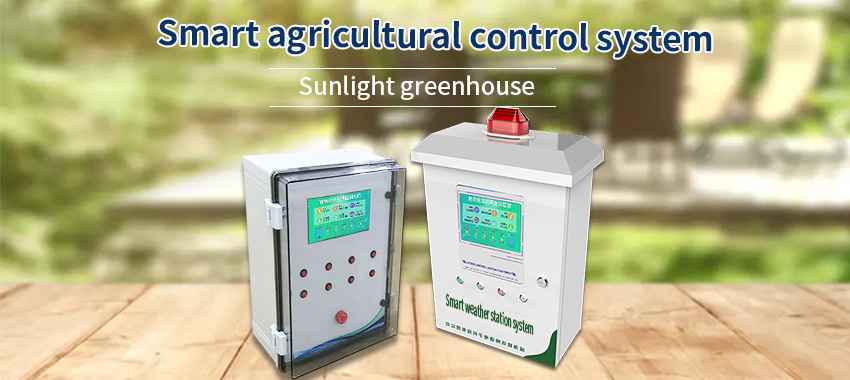In our increasingly industrialized world, environmental monitoring has become a critical component of safeguarding the health and well-being of our planet. Monitoring air quality and detecting pollutants is essential in understanding the impact of human activities on the environment and taking appropriate measures to mitigate these effects. Gas sensors have emerged as indispensable tools in this regard, revolutionizing the field of environmental monitoring. In this article, we will explore how gas sensors are transforming the way we monitor our environment and how they contribute to a sustainable future.
Detecting and Quantifying Pollutants:
Gas sensors are designed to detect and quantify various gases present in the atmosphere. They can identify a wide range of pollutants, including carbon dioxide, ozone, nitrogen dioxide, sulfur dioxide, volatile organic compounds (VOCs), and particulate matter. By continuously monitoring the concentrations of these gases, environmental scientists and researchers can gain insights into pollution levels, track their sources, and assess their impact on ecosystems and human health.

Real-Time Monitoring:
One of the key advantages of gas sensors is their ability to provide real-time data on air quality. These sensors are equipped with sophisticated technology that enables them to capture measurements instantaneously and transmit the information to monitoring systems. Real-time monitoring allows for prompt action when pollution levels exceed safety standards and enables the implementation of rapid response strategies to mitigate risks.
Remote Monitoring:
Gas sensors also offer the advantage of remote monitoring capabilities. They can be deployed in various locations, including urban areas, industrial zones, and natural environments. With the help of wireless connectivity and advanced communication protocols, the data collected by these sensors can be transmitted to central monitoring stations or cloud-based platforms. This remote monitoring system enables scientists and policymakers to access and analyze air quality data from anywhere, facilitating informed decision-making and timely interventions.
Early Warning Systems:
Gas sensors provide the foundation for early warning systems in environmental monitoring. By continuously monitoring air quality parameters, these sensors can detect increases in pollutant concentrations above the threshold levels. Early warning systems can trigger alarms or notifications, alerting authorities and communities to take immediate action, such as issuing health advisories or implementing emission control measures. These systems are particularly crucial in areas prone to high pollution levels or in cases of industrial accidents or natural disasters.
Mobile and Portable Sensors:
Advancements in technology have enabled the development of mobile and portable gas sensors. These sensors can be integrated into wearable devices, smartphones, or handheld devices, allowing individuals to monitor air quality on a personal level. This empowers citizens to make informed decisions about their daily activities, such as choosing the best routes to avoid heavily polluted areas or adjusting outdoor exercise routines accordingly. Mobile and portable gas sensors promote individual awareness and encourage responsible behavior towards the environment.
Data Analysis and Visualization:
The substantial amount of data generated by gas sensors necessitates advanced analytical tools for interpretation. Data analysis techniques, such as machine learning and artificial intelligence algorithms, can process vast amounts of sensor data, extract patterns, and provide predictive insights. Visualization tools can then transform this data into interactive and easily understandable formats, such as maps or graphs, enabling stakeholders to comprehend complex environmental information more effectively. This data-driven approach enhances our ability to identify pollution hotspots, evaluate the effectiveness of regulatory measures, and develop targeted interventions.
Conclusion:
Gas sensors represent a transformative force in environmental monitoring, empowering us to better understand and address the challenges associated with pollution and climate change. With their ability to detect and quantify pollutants, offer real-time and remote monitoring capabilities, provide early warning systems, and enable mobile and portable monitoring, gas sensors are revolutionizing the way we safeguard our environment. As we continue to advance these technologies and leverage the power of data analysis, we can build a more sustainable future where environmental monitoring plays a central role in preserving the health and well-being of our planet.






